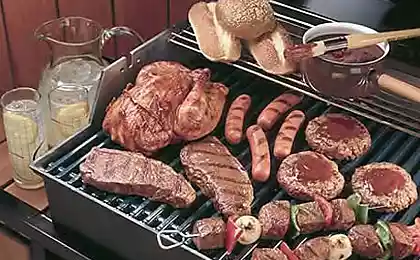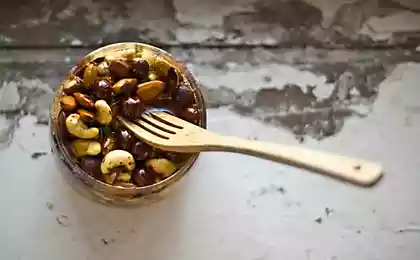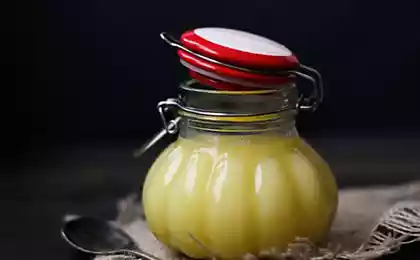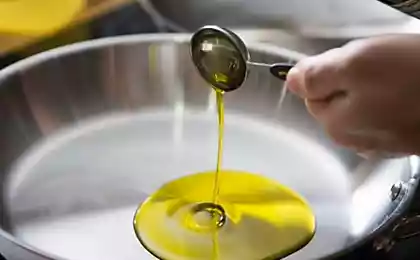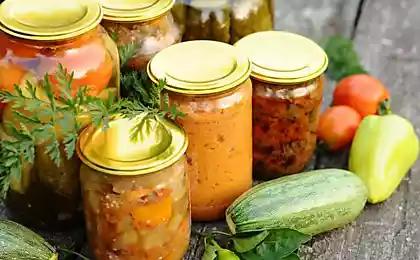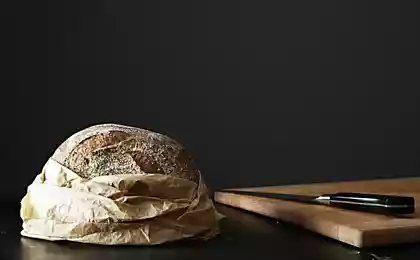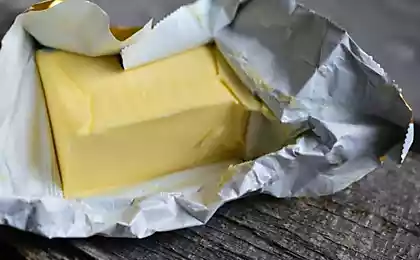211
Ancient Europeans buried butter in a swamp to store it without a refrigerator
Can you imagine your life? refrigeratorless? I am sure that this is almost impossible today. But before our ancestors managed to even store oil in the swamp! The history of the refrigerator is inspiring, but even more interesting is how people have suffered before without this much-needed and useful wonder of technology.
Today's edition. "Site" Tell me where to store meat, butter and milk refrigeration. Let us not use this knowledge!

The refrigerator can no doubt be called the “number one” technique: it usually appears in the house earlier than any other household appliances. And any outlet that specializes in food is hard to imagine without refrigeration equipment.
And today it is very difficult to imagine how our ancestors did without refrigerators, especially in the warm season.
Low temperatures help to preserve food better. This simple truth humanity came to grips with quite early. Low temperatures are not necessarily a refrigerator. This huge grid-operated box with ice, compressor and capacitor appeared much later.
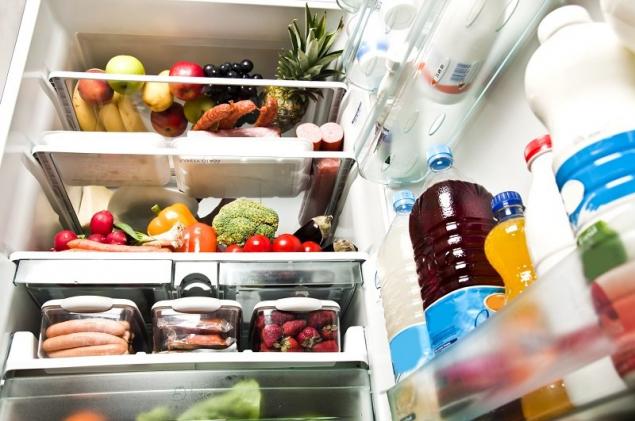
Even ancient people came to mind to store uneaten pieces of mammoth carcass in the lake. And the meat could be stored from autumn to summer. The process of preserving meat contributed to the low temperature and low oxygen content in the lake water.
No less strange place of storage of perishable products was the swamp. A cool environment with low oxygen content and high acidity preserved even oil perfectly.

I'm not sure ancient people understood the connection between coolness and longer duration. preservation. But I think they did understand that when they started using ice chunks as that prototype refrigerator, if I may say so.
Food storage facilities filled with ice appeared several thousand years ago. This is evidenced by finds in ancient Rome, Greece and even Babylon.
Most of all with free cold (in the face of ice all year round) lucky residents of the Nordic countries. But residents of warm places have already had to invent their own cold-producing.
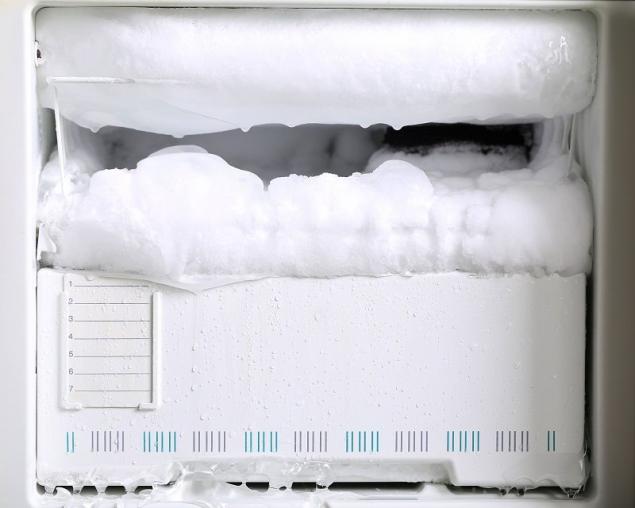
Yahchaal, which means “pit with ice” in Persian, is an excellent example of the resourcefulness of the ancient Persians. Ancient Persian refrigerator evaporative type was developed in the IV century BC. The building had a ground domed part and underground storage facilities. It was used to store ice, sometimes food.
The underground part had thick, heat-resistant walls up to 2 meters thick. The walls of samana were additionally covered with a special mixture of clay, sand, egg white and animal wool. The upper part, the tower, was used to collect and cool the air. Moreover, ice could be brought from the neighboring mountain, and freeze in winter (at an average night temperature plus 4 degrees).
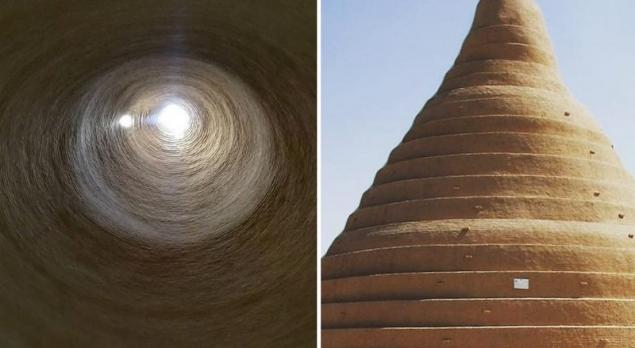
In Russia, glaciers - a log house dug into the ground. Filled with a lot of snow and ice, covered with thick decking, earth was poured on top and turf was laid, which allowed for a long time to store perishable products.
In the Middle Ages, one of the most profitable businesses was ice-shipment From cold to warm countries. People bought blocks of ice and stored them in basements, and with them food!
Food was stored in cellars, niches of wooden walls, deeply dug pits, in wells, as the temperature in them was much lower than in houses. The containers where food was placed were mainly wooden and clay. However, as a storage cellar is not ideal and the refrigerator is not a replacement.
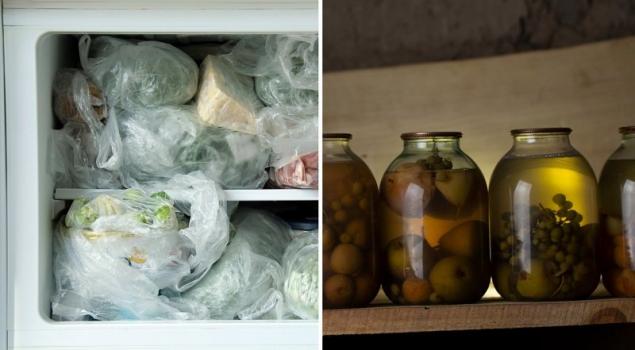
Some 100 years ago, many houses had special storage rooms for storing food. Cold storage was located in the northern part of the house. In summer, the temperature in this room could be kept a few degrees lower than in the house. In cold pantries, they stored mainly cottage cheese, eggs, butter, pastries and bread.
In addition to cooling, to preserve shelf-life They used salting, pickling, smoking, saccharifying and drying. For example, during pickling, products were immersed in a liquid based on vinegar or in highly salty water. And before so marinated not only vegetables, but also meat, and even fruits!
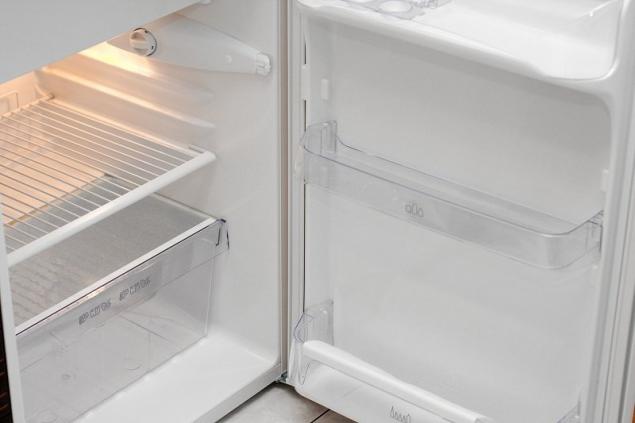
To thank for the creation of the refrigeration prototype need Thomas Moore, a seller of butter. It was he who in 1803 guessed to make a refrigerator from a steel box for transporting oil, wrapping it with rabbit skins, placing it in a barrel of cedar boards and filling it with ice.
Since then, the use of refrigerators has rapidly entered human life, outwardly they differed little from furniture - buffets and cabinets. The interior compartments were made of steel, and the exterior decoration was usually made of an array of oak or cedar. The distance between the external and internal walls was filled with sawdust, inside the installation itself was a compartment in which ice was laid - above the products or under them. Melt water drained into a special pallet.
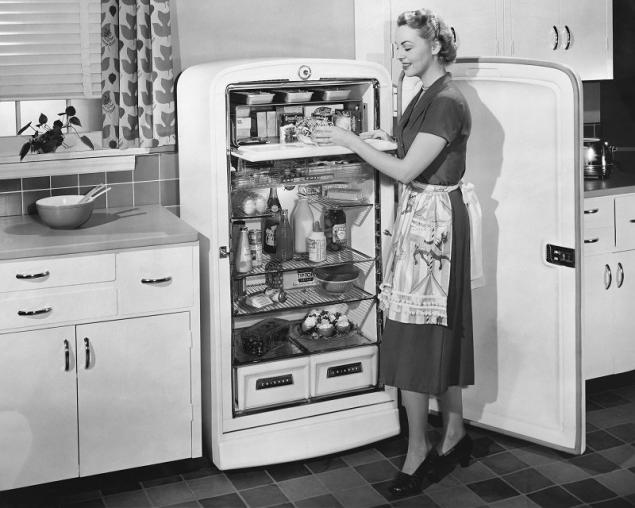
The first household refrigerators appeared in the 30s of the twentieth century and were only among the wealthy. Mass production began only in 1950. Since then, the refrigerator is considered a must-have appliance for the home. But the forefather of our refrigerated friend is now used in the interior as a sideboard.
I also propose to recall food products, the shelf life of which is almost unlimited. It is always important to store them even in a calm time. And big families know this well (and make impressive reserves in advance).
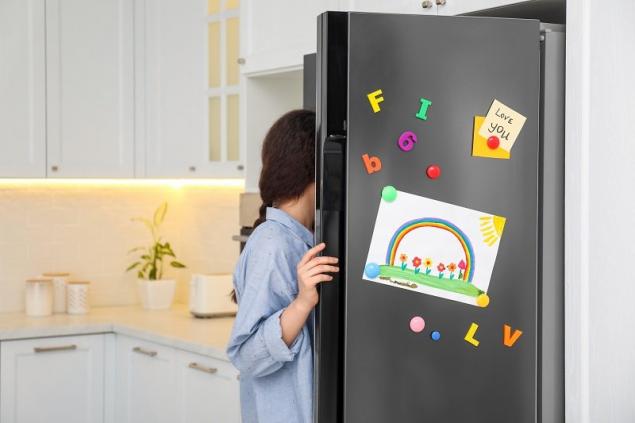
This is the history of the refrigerator and its prototypes. By the way, my great-grandmother kept butter in salt water, and by the way, it was delicious. So this method really works. Butter is also available now. bank Cold water with salt and meat in salt, but do you?
Today, our life is very difficult to imagine without a refrigerator, it is incredibly simplified our life. How long could you do without him?
Today's edition. "Site" Tell me where to store meat, butter and milk refrigeration. Let us not use this knowledge!

The refrigerator can no doubt be called the “number one” technique: it usually appears in the house earlier than any other household appliances. And any outlet that specializes in food is hard to imagine without refrigeration equipment.
And today it is very difficult to imagine how our ancestors did without refrigerators, especially in the warm season.
Low temperatures help to preserve food better. This simple truth humanity came to grips with quite early. Low temperatures are not necessarily a refrigerator. This huge grid-operated box with ice, compressor and capacitor appeared much later.

Even ancient people came to mind to store uneaten pieces of mammoth carcass in the lake. And the meat could be stored from autumn to summer. The process of preserving meat contributed to the low temperature and low oxygen content in the lake water.
No less strange place of storage of perishable products was the swamp. A cool environment with low oxygen content and high acidity preserved even oil perfectly.

I'm not sure ancient people understood the connection between coolness and longer duration. preservation. But I think they did understand that when they started using ice chunks as that prototype refrigerator, if I may say so.
Food storage facilities filled with ice appeared several thousand years ago. This is evidenced by finds in ancient Rome, Greece and even Babylon.
Most of all with free cold (in the face of ice all year round) lucky residents of the Nordic countries. But residents of warm places have already had to invent their own cold-producing.

Yahchaal, which means “pit with ice” in Persian, is an excellent example of the resourcefulness of the ancient Persians. Ancient Persian refrigerator evaporative type was developed in the IV century BC. The building had a ground domed part and underground storage facilities. It was used to store ice, sometimes food.
The underground part had thick, heat-resistant walls up to 2 meters thick. The walls of samana were additionally covered with a special mixture of clay, sand, egg white and animal wool. The upper part, the tower, was used to collect and cool the air. Moreover, ice could be brought from the neighboring mountain, and freeze in winter (at an average night temperature plus 4 degrees).

In Russia, glaciers - a log house dug into the ground. Filled with a lot of snow and ice, covered with thick decking, earth was poured on top and turf was laid, which allowed for a long time to store perishable products.
In the Middle Ages, one of the most profitable businesses was ice-shipment From cold to warm countries. People bought blocks of ice and stored them in basements, and with them food!
Food was stored in cellars, niches of wooden walls, deeply dug pits, in wells, as the temperature in them was much lower than in houses. The containers where food was placed were mainly wooden and clay. However, as a storage cellar is not ideal and the refrigerator is not a replacement.

Some 100 years ago, many houses had special storage rooms for storing food. Cold storage was located in the northern part of the house. In summer, the temperature in this room could be kept a few degrees lower than in the house. In cold pantries, they stored mainly cottage cheese, eggs, butter, pastries and bread.
In addition to cooling, to preserve shelf-life They used salting, pickling, smoking, saccharifying and drying. For example, during pickling, products were immersed in a liquid based on vinegar or in highly salty water. And before so marinated not only vegetables, but also meat, and even fruits!

To thank for the creation of the refrigeration prototype need Thomas Moore, a seller of butter. It was he who in 1803 guessed to make a refrigerator from a steel box for transporting oil, wrapping it with rabbit skins, placing it in a barrel of cedar boards and filling it with ice.
Since then, the use of refrigerators has rapidly entered human life, outwardly they differed little from furniture - buffets and cabinets. The interior compartments were made of steel, and the exterior decoration was usually made of an array of oak or cedar. The distance between the external and internal walls was filled with sawdust, inside the installation itself was a compartment in which ice was laid - above the products or under them. Melt water drained into a special pallet.

The first household refrigerators appeared in the 30s of the twentieth century and were only among the wealthy. Mass production began only in 1950. Since then, the refrigerator is considered a must-have appliance for the home. But the forefather of our refrigerated friend is now used in the interior as a sideboard.
I also propose to recall food products, the shelf life of which is almost unlimited. It is always important to store them even in a calm time. And big families know this well (and make impressive reserves in advance).

This is the history of the refrigerator and its prototypes. By the way, my great-grandmother kept butter in salt water, and by the way, it was delicious. So this method really works. Butter is also available now. bank Cold water with salt and meat in salt, but do you?
Today, our life is very difficult to imagine without a refrigerator, it is incredibly simplified our life. How long could you do without him?
Only the chosen and most gifted will be able to see 4 circles in the picture
In order not to buy extra, I took austerity to spend only those bills that are in my pocket, I put only small things there.
